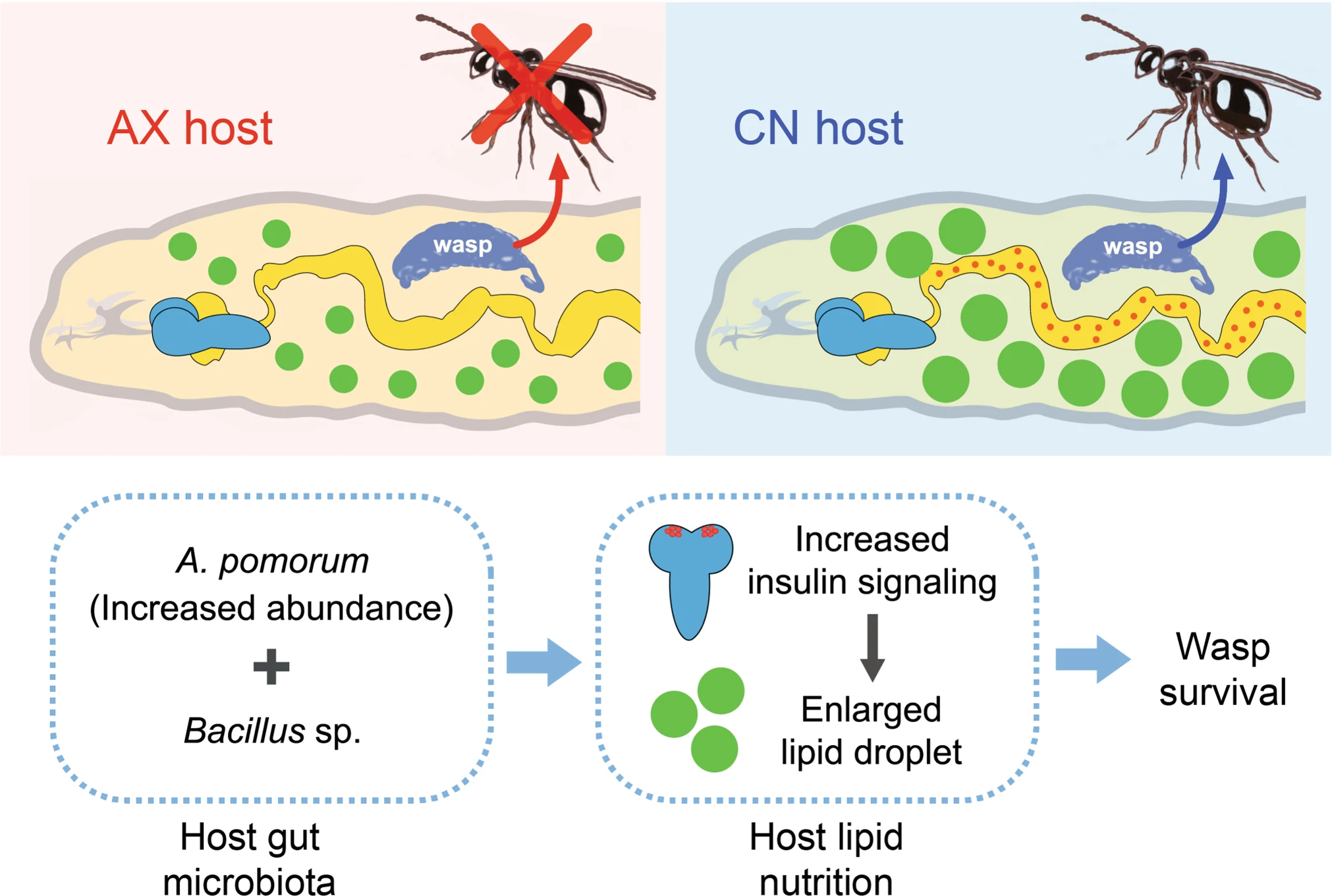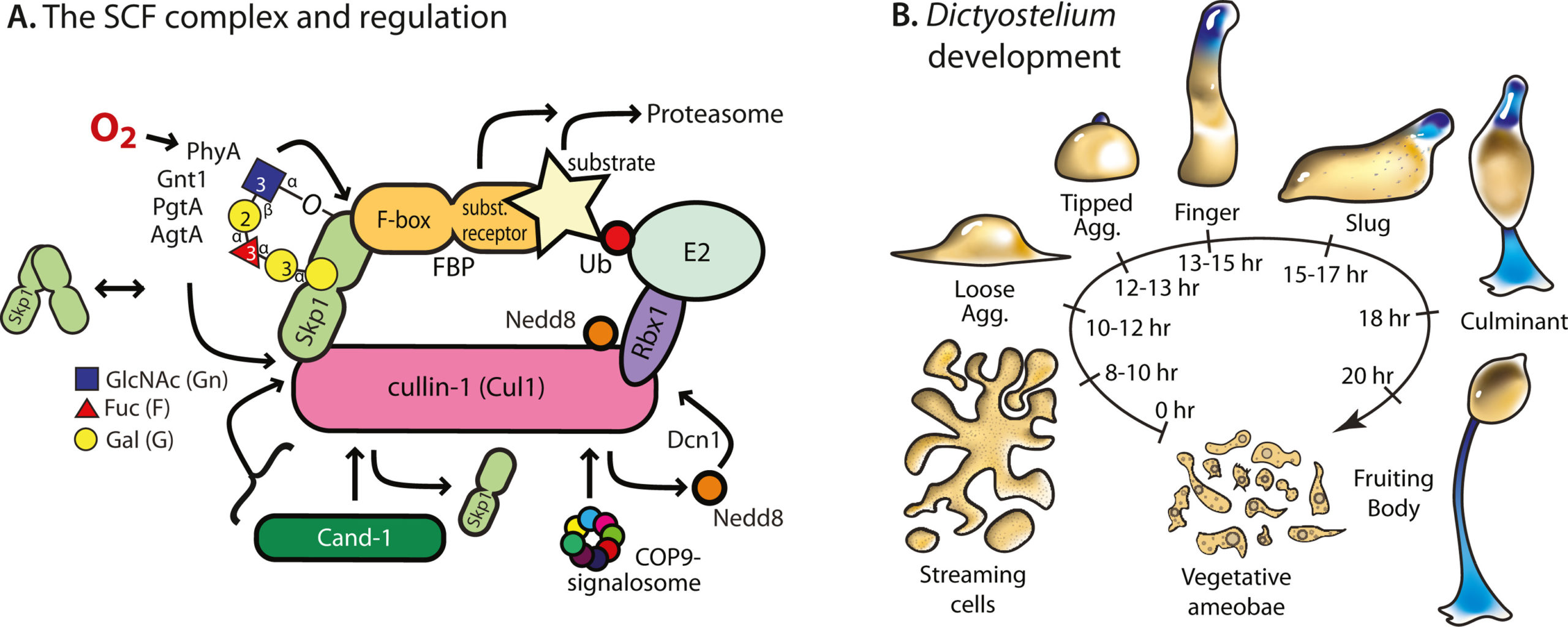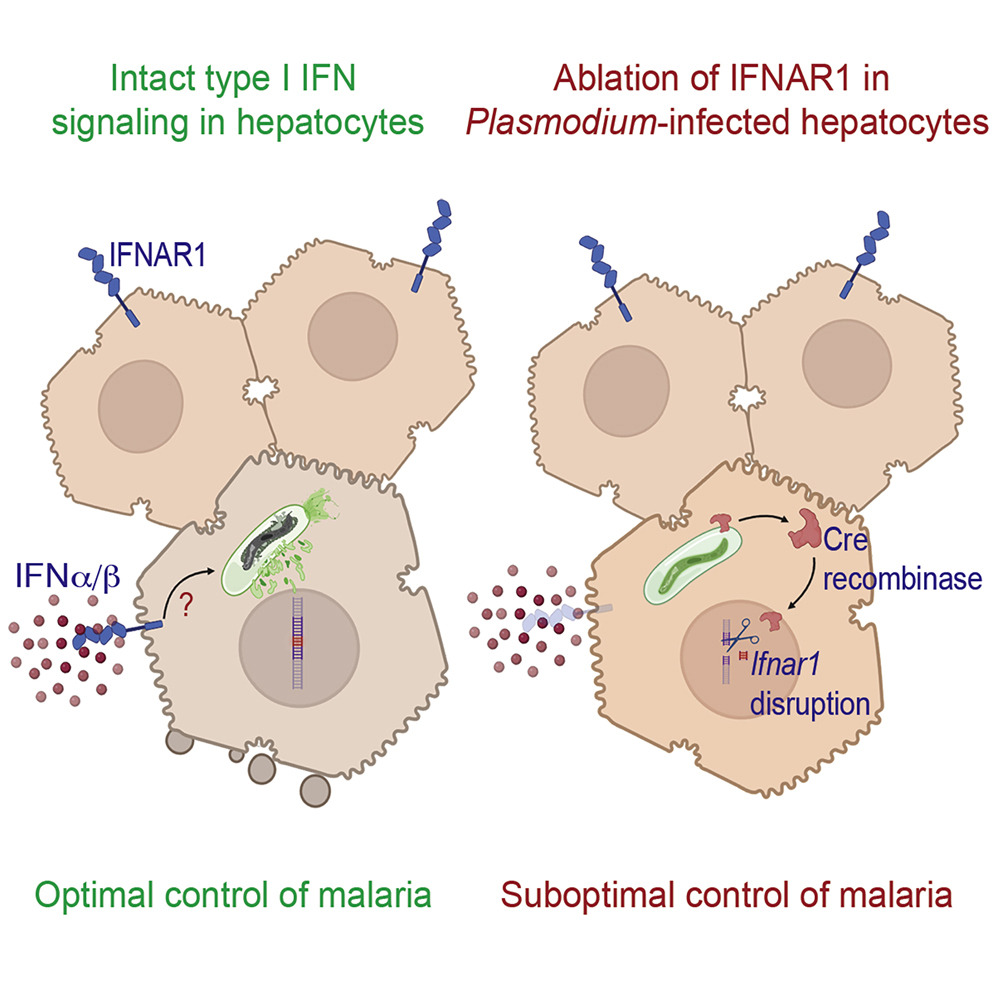Multiple endocrine factors regulate nutrient mobilization and storage in Aedes aegypti during a gonadotrophic cycle
Anautogenous mosquitoes must blood feed on a vertebrate host to produce eggs. Each gonadotrophic cycle is subdivided into a sugar-feeding previtellogenic phase that produces primary follicles and a blood meal-activated vitellogenic phase in which large numbers of eggs synchronously mature and are laid. Multiple endocrine factors including juvenile hormone (JH), insulin-like peptides (ILPs), ovary ecdysteroidogenic hormone (OEH) and 20-hydroxyecdysone (20E) coordinate each gonadotrophic cycle. Egg formation also requires nutrients from feeding that are stored in the fat body. Regulation of egg formation is best understood in Aedes aegypti but the role different endocrine factors play in regulating nutrient mobilization and storage remains unclear. In this study, we report that adult female Ae. aegypti maintained triacylglycerol (TAG) stores during the previtellogenic phase of the first gonadotrophic cycle while glycogen stores declined. In contrast, TAG and glycogen stores were rapidly mobilized during the vitellogenic phase and then replenishment. Several genes encoding enzymes with functions in TAG and glycogen metabolism were differentially expressed in the fat body, which suggested regulation was mediated in part at the transcriptional level. Gain of function assays indicated that stored nutrients were primarily mobilized by adipokinetic hormone (AKH) while juvenoids and OEH regulated replenishment. ILP3 further showed evidence of negatively regulating certain lipolytic enzymes. Loss of function assays further indicated AKH depends on the AKH receptor (AKHR) for function. Altogether, our results indicate that the opposing activities of different hormones regulate nutrient stores during a gonadotrophic cycle in Ae. aegypti. This article is protected by copyright. All rights reserved.
Xiaoyi Dou, Kangkang Chen, Mark R Brown, Michael R Strand. Insect Sci. 2022 Sep 2. doi: 10.1111/1744-7917.13110.













